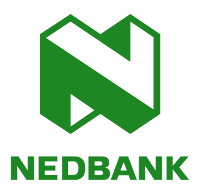Unlock the Power of Python with Our Expert Training
Welcome to our Python training institute, where we empower you to master the world's most popular programming language. Our comprehensive courses cover everything from the basics to advanced concepts, preparing you for Python Institute certifications and a successful career in Python development.
Comprehensive Curriculum, Hands-on Learning
Our courses are designed to teach you how to write efficient Python programs, develop web applications, and work with data in Python. Our curriculum includes:
- Hands-on exercises and projects to reinforce your learning
- Quizzes and assignments to test your understanding
- Expert instructors with extensive experience in teaching Python
Flexible Learning Options to Suit Your Needs
What sets us apart is our flexibility in class formats. Choose from:
- In-person training for face-to-face interaction
- Online training for convenience and flexibility
- Self-paced learning for personalized progress
Our courses accommodate the needs of working professionals and students alike, with flexible schedules tailored to fit your busy lifestyle.
Gain Practical Skills and Certification
By taking our Python training courses, you'll gain a solid understanding of the language and develop practical skills applicable in real-world scenarios. Our courses are designed to be hands-on and interactive, with personalized support and guidance from our expert instructors. You'll be well-prepared for Python Institute certifications and have the skills needed to succeed in your career.
Python Certification Training
Our fundamentals to advanced Python training courses align with the Python Institute's certification objectives. By completing our training courses, you'll be able to pass the Python certification exams from entry-level to professional and take your career to the next level.

Python Data Science & AI Training
To address the rapid evolution of Data Science, Artificial Intelligence, and Machine Learning, we have developed specialized courses tailored to meet the unique needs of professionals seeking to enhance their skills and stay ahead in these cutting-edge fields. Contact us for information on our data science and AI courses with Python.






